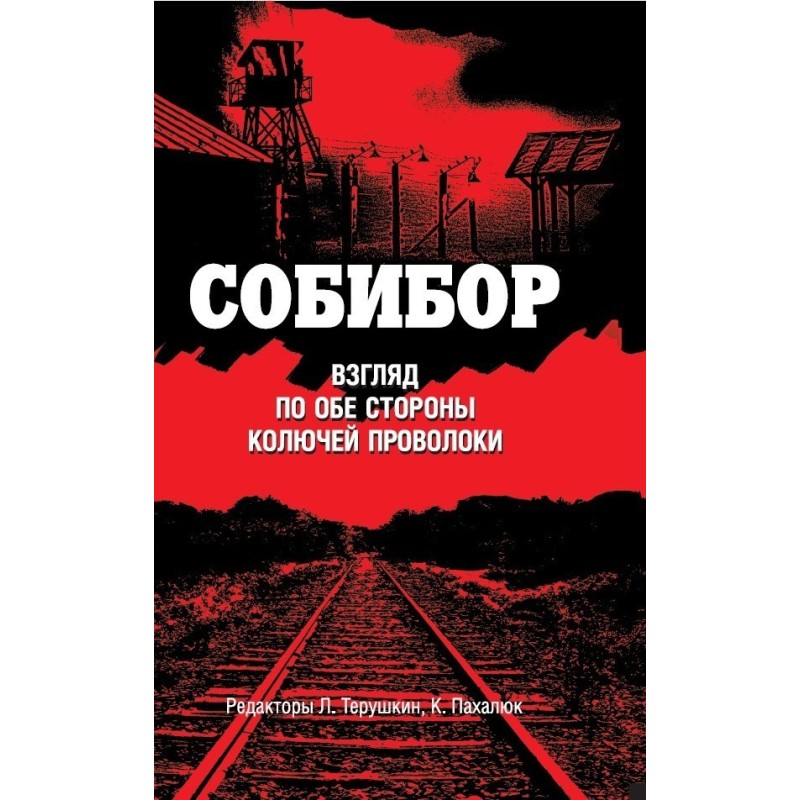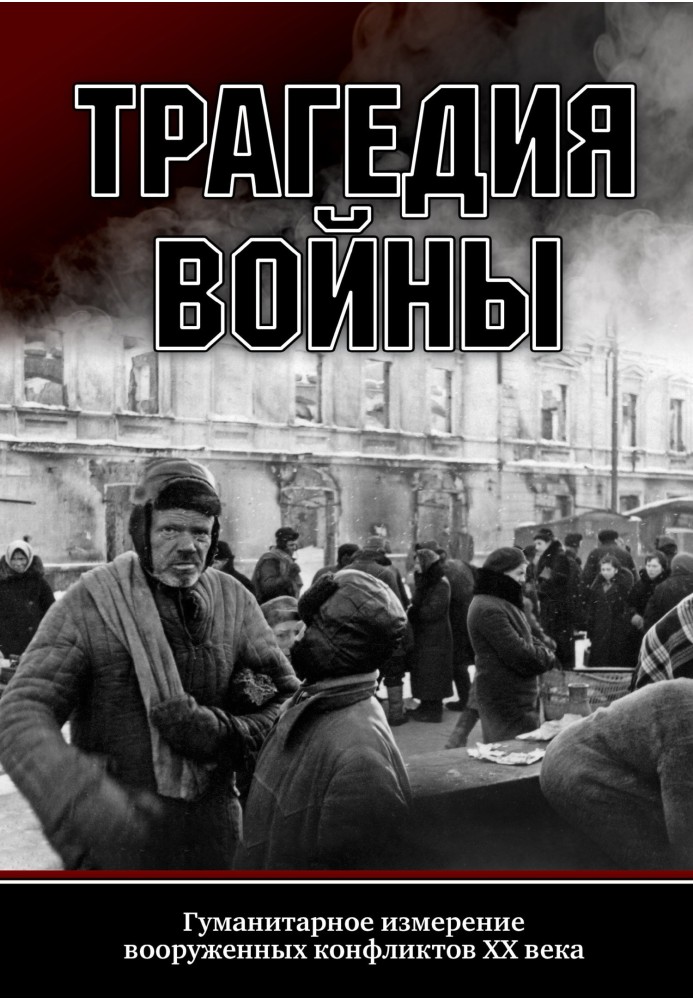The tragedy of war. The humanitarian dimension of armed conflicts of the 20th century
 Instant download
Instant download
after payment (24/7)
 Wide range of formats
Wide range of formats
(for all gadgets)
 Full book
Full book
(including for Apple and Android)
Any war is a tragedy, but the armed conflicts of the 20th century were particularly cruel. World and civil wars have deformed the border between the army and the civilian population, and have also become a convenient cover for political radicals in organizing mass terror. You are holding a heavy book in your hands. Its authors examine those “dark sides” of armed confrontations that are not always customary to talk about, and many do not even want to hear about - war crimes and crimes against humanity, collaborationism, genocide and mass displacement. Key attention is paid to the Nazi policy of extermination, which took its most brutal forms in the occupied territory of the USSR. A number of articles are devoted to the events of the Civil War in Russia, the difficulties of interaction between the army and civilians during the First World War, as well as issues of historical memory. For the first time, published sources allow us to delve deeper into such complex problems as the voluntary complicity of civilians in the Nazi executions of Jews; post-war reconstruction of Latvia and the fight against the “forest brothers”; political use of the memory of German crimes and collaborators in Soviet society. It is not easy to read about all this, but it is important to know, comprehend and remember in order to prevent a repetition in the future. The book was published by the Russian Military Historical Society. The collection was based on articles written as a result of reports presented at the thematic sections of the I and II All-Russian Military Historical forums "St. George's Readings" (2019-2020)
Data sheet
- Name of the Author
- Константин Пахалюк Александрович
- Language
- Russian













